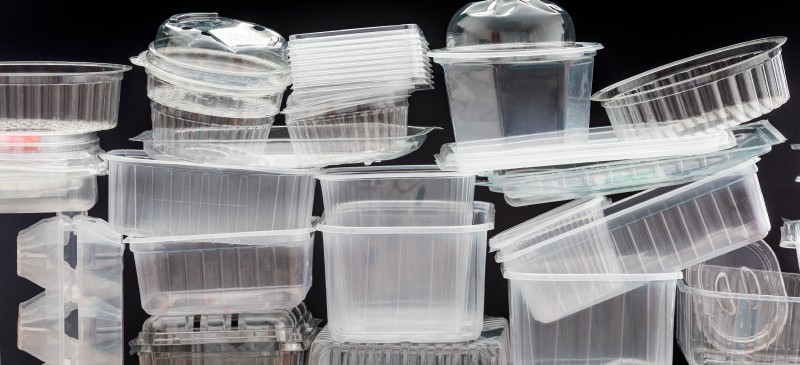This Dr. Axe content is medically reviewed or fact checked to ensure factually accurate information.
With strict editorial sourcing guidelines, we only link to academic research institutions, reputable media sites and, when research is available, medically peer-reviewed studies. Note that the numbers in parentheses (1, 2, etc.) are clickable links to these studies.
The information in our articles is NOT intended to replace a one-on-one relationship with a qualified health care professional and is not intended as medical advice.
This article is based on scientific evidence, written by experts and fact checked by our trained editorial staff. Note that the numbers in parentheses (1, 2, etc.) are clickable links to medically peer-reviewed studies.
Our team includes licensed nutritionists and dietitians, certified health education specialists, as well as certified strength and conditioning specialists, personal trainers and corrective exercise specialists. Our team aims to be not only thorough with its research, but also objective and unbiased.
The information in our articles is NOT intended to replace a one-on-one relationship with a qualified health care professional and is not intended as medical advice.
Plastics and Obesity: It’s Worse Than We Thought
March 17, 2022

We often blame today’s obesity epidemic on eating too many calories, but emerging science suggests that’s not the only factor. A new study linking plastics and obesity means food containers and other everyday plastics could be contributing to bigger waistlines.
Study Findings: Link Between Plastics and Obesity
The 2022 study, published in the journal Environmental Science & Technology, acknowledged that bisphenol and phthalates are common plastic chemicals shown to promote obesity in cell and animal models.
The new study looks at dozens of other potential plastic ingredients that cause obesity found in packaging and in our homes. To gain a better understanding, researchers tested the chemicals found in 34 everyday products, including things like:
- Yogurt cups
- Soda bottles
- Refillable plastic water bottles
- Plastic cups
- Shampoo bottles
- Oven bags
- Vegetable trays
- And more
“Considering the chemical complexity of plastic consumer products, bisphenols and phthalates represent only the tip of the iceberg,” researchers wrote.
Although your plastic packaging may have a number denoting the type of plastic (#5 or #2, for instance), the study authors point out that a plastic bottle typically is made out of one or more polymers and often contains fillers or additives, along with accidental residues from manufacturing.
But when scientists analyzed the 34 ordinary plastic products in the lab, they detected more than 55,000 different chemical components.
“Our experiments show that ordinary plastic products contain a mix of substances that can be a relevant and underestimated factor behind overweight and obesity,” says Martin Wagner, an associate professor at Norwegian University of Science and Technology’s Department of Biology.
Eleven of them are known to interfere with our metabolism, called metabolism-disrupting chemicals.
What It Means
Lax chemical regulation in the United States has unleashed harmful exposures into our everyday lives. And plastic could be a hugely underappreciated factor in fat cell development.
We’ve known for years that obesogens like vinyl, phthalates and BPA can impact the endocrine system and weight, but this new research suggests the problem is much more widespread than that.
The new study found that one-third of plastic products tested contributed to fat cell development in laboratory experiments.
Essentially, these compounds found in plastic reprogramed cells to become fat cells that proliferated more and accumulated more fat.
“It’s very likely that it is not the usual suspects, such as bisphenol A, causing these metabolic disturbances. This means that other plastic chemicals than the ones we already know could be contributing to overweight and obesity.” – Johannes Völker, lead study author
This means that plastics contain currently unidentified chemicals that interfere with how our body stores fat.
Tips to Avoid Unhealthy Plastics
Plastic used in food packaging leaches into food. Plastic flooring and other household plastics also turn up in dust that we breathe.
We can take everyday steps to avoid metabolism-disrupting plastics, but many public health experts say that is not enough. Some are calling for a carbon fee and dividend, which would force companies to pay for the true cost of plastic, spurring innovation for healthier packaging while protecting consumers. (Plastic comes from fossil fuels; the fossil fuel industry received $5.9 trillion in subsidies in 2020.)
Here are some small-scale and big-picture ways to avoid plastics.
- Eat as much fresh, unpackaged food as possible.
- Avoid heating or freezing food in plastic containers.
- Opt for food and drink containers made of glass or food-grade stainless steel.
- Consider an “obesogens detox” or “obesogens diet.”
- Tell your elected officials to pass meaningful chemical regulation laws to protect consumers.
- Learn more about a carbon fee and dividend that returns “carbon tax” payments back to citizens, and see if it’s something you’d like to support.
Conclusion
- A new study found 55,000 different chemicals by testing 34 common household products, including food packaging.
- One-third of the products tested contained metabolism-disrupting compounds that triggered fat cell development in the lab.
- Plastic is made from fossil fuels, an industry that received nearly $6 trillion in subsidies in 2021.
- You can take personal action to eat fresh and avoid plastic food packaging, but overall better chemical safety regulations are needed to protect consumers.


